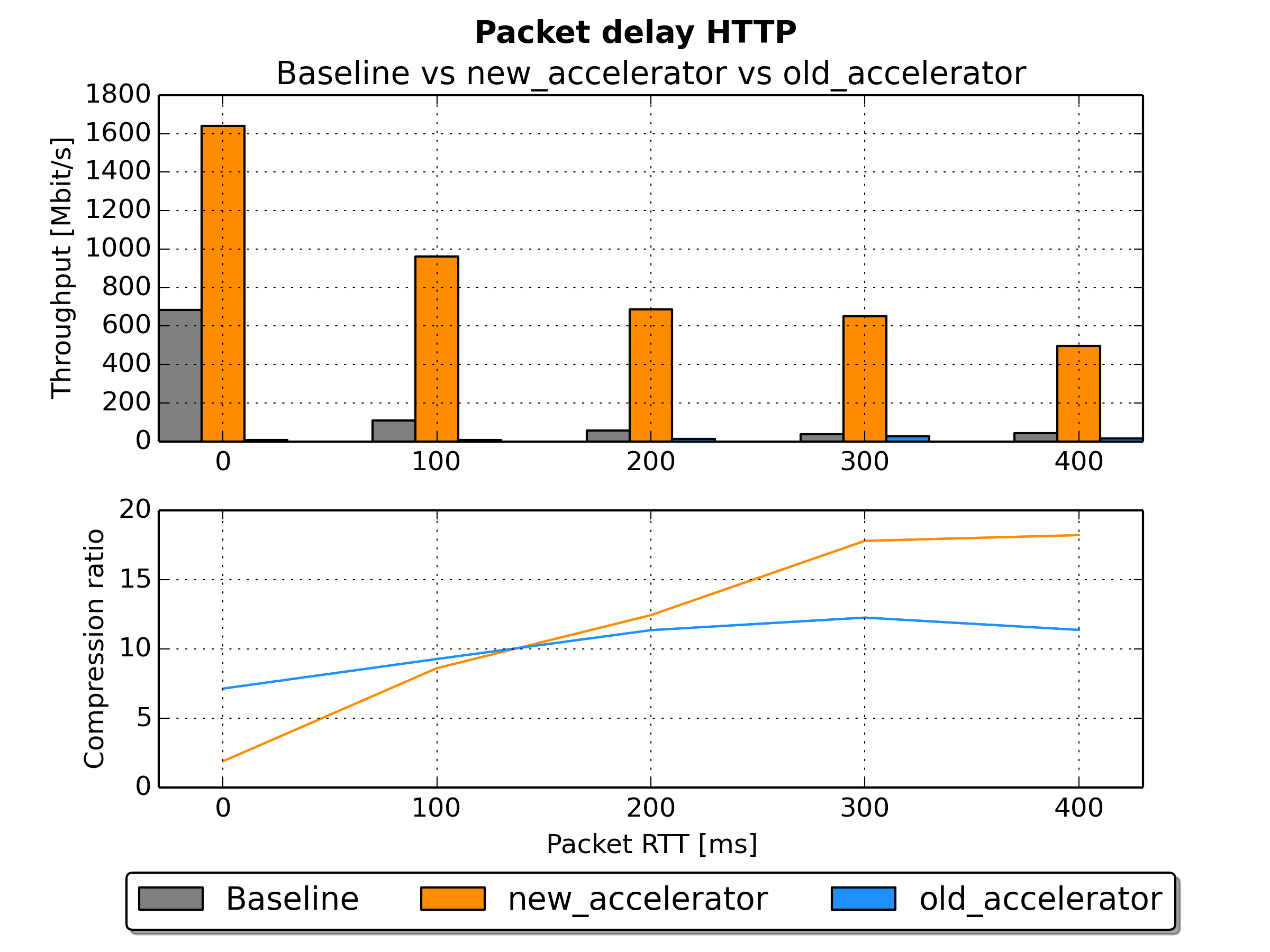A WAN accelerator is used to improve WAN connections and save bandwidth of WAN links. This can help to reduce loading times of network applications.
Perl, Python, TCP, Linux-from-scratch
The goal of this Bachelor Thesis was to install a software-based WAN accelerator on the customers network nodes, which run a custom Linux-from-scratch.
An automated configuration of this WAN accelerator had to be developed in Perl.
Additionally, a framework for network tests was requested. It had to be able to reproduce data traffic, which enables testing of WAN accelerators under the exact same conditions.
This framework should be used to compare the previous WAN accelerator with its replacement.
Open System is providing globally acting clients with high reputation in diverse markets a
fully reliable availability and service of IT and communication infrastructure with Mission
Control Security Services.
Global acting stakeholders often have a widely distributed WAN all over the world with a
high number of nodes. For centralized business application the local distribution can cause
performance issues in latency and bandwidth. To scale down the performance impact WAN
accelerators are used for protocol specific optimization or for caching data traffic to improve
the time to provide the user the data of a repeated request.
Within the project "WAN Accelerator on Linux" software-based WAN accelerator solutions
were analyzed and tested with a focus on their provided functionalities as well as the complexity of the integration in a Linux System.
The new WAN accelerator could be installed on the customers network nodes. An automatic configuration of a WAN accelerator instances was developed and tested.
A test framework for network tests was developed. It was used for extensive testing of the old and new WAN accelerator. The gathered data of the tests were plotted
and analyzed.
The testing of the old accelerator and the new accelerator resulted in multiple insights. It was realized that the old accelerator is usable and effective for small links with a rather low throughput.
The old accelerator could not increase throughput of network connection above 10Mbit/s but save bandwidth by compressing and caching data.

Figure 1: Impact of large round-trip-times (RTT) on HTTP transfers on accelerated and conventional traffic
The new accelerator on the other hand could increase throughput on almost every connection. Another important finding is that the new accelerator was not able to cache files larger than 50MB.
Therefore, the bandwidth saving of the new accelerator is greater when transferring small files (<50MB) than when transferring large files (>50MB).
Additionally, it could be demonstrated that the achievable throughput and the compression depend on the transfer protocol.
It could be proven that both accelerators adapt their caching efforts during file transfers. It is not known if this variation in caching is caused by different WAN conditions or because
of the current throughput.
Finally, it can be said that both accelerators show similar results regarding of bandwidth savings, but they differ in which files are cached. The new accelerator shines when it comes to increasing throughput of WAN connections. This increase is at the expense of a higher system load compared to the old accelerator.
Project duration: 23. February 2018 - 17. August 2018
Cost: ca 360 man-hour
Team: 1 person
Bachelor Thesis
open systems ag
Räffelstrasse 29
8045 Zurich
www.open.ch

Marc Biedermann
Prof. Dr. Peter Gysel, peter.gysel@fhnw.ch
